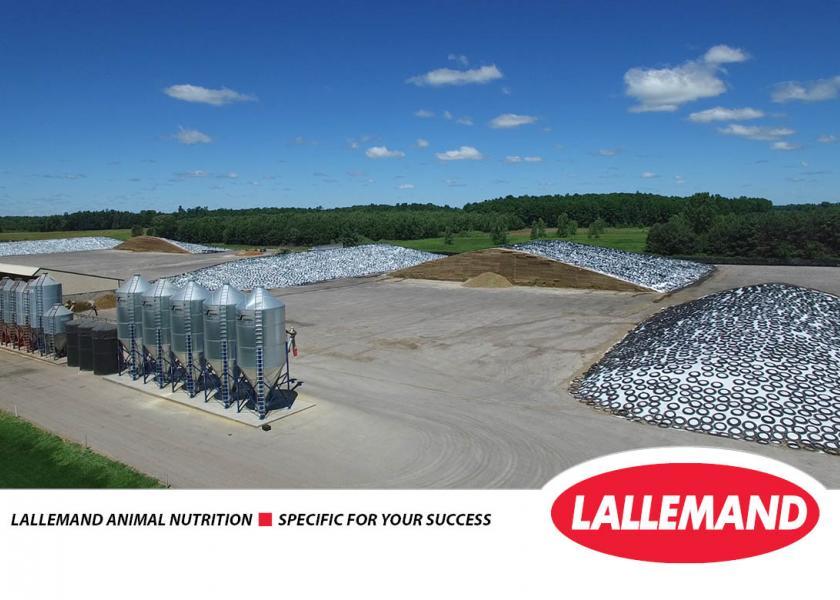What’s Growing on Your Forage Crops

There are many types of microbes that naturally occur on forage crops in the field. Their populations vary with the weather during the growing season, crop management practices and the plant’s stage of maturity. These bacteria, yeasts and molds are simply waiting for the right conditions to grow and multiply. Influencing the situation to get the right microbes to dominate at the right time is the difference between quality silage and compost.
The “good guys” in the war for an efficient and effective ensiling fermentation — which drives a successful ensiling process — are homolactic acid bacteria. These microbes contribute to a rapid pH drop to below 5.0, when “bad” fermentations are prevented, besides shutting down the plants own auto-degradation process. However, these bacteria may often not be naturally present in sufficient numbers to create good silage.1
Spoilage microorganisms – particularly yeasts – also occur naturally in varying numbers on all pre-harvest crops as part of the mixed microbial community described above. If these yeasts become dominant, they can start the process of aerobic deterioration — raising the forage pH, which allows for further spoilage by molds and bacteria. These “bad guys” in the microbial fermentation “war” are also the reason producers can see instability during feedout. There are also naturally occurring aerobic bacteria that can grow while oxygen is present. This can cause considerable nutrient loss and prevent a rapid pH drop.
Crops with high protein content and lower fermentable sugars — such as clover and alfalfa grasses and some small grain cereal silages — are even more at risk since they tend to be cut closer to the ground. When crops are cut close, there’s a higher risk for soil contamination. Soil can contain very high numbers of spoilage microbes, like clostridia and enterobacteria, both of which can result in silages with feeding issues. Many consider clostridial silage to be the worst possible result. The silage will be wet, dark and smell foul and should not be fed to pregnant or transition cows and only fed in limited amounts to lactating dairy cows (to maintain intake of butyric acid below 50 grams per head per day).
When unstable and potentially moldy feeds are ingested by cattle, the consequences on rumen function and performance are likely disastrous. They can push a cow or steer with borderline rumen function into metabolic issues, such as subacute ruminal acidosis (SARA) and can also contribute to health and fertility problems.
To win the microbial war in your silages, it’s important to use research-proven forage inoculants containing fast-acting, efficient homolactic acid bacteria. This loads up your silage with an army of these good microbes and helps ensure the right balance is in place. Additionally, inoculants that contain Lactobacillus buchneri 40788 at an effective dose in addition to the homolactic bacteria can help address stability challenges at feedout, saving DM and nutrients, minimizing associated health and fertility issues and maximizing profitability.
Ask the Silage Doctor at QualitySilage.com, @TheSilageDoctor and at facebook.com/TheSilageDoctor if you have questions about forage hygiene.
1 McDonald P., Henderson A. R. & Heron S. J. E. 1991. The Biochemistry of Silage, Chapter 4, Microorganisms.







